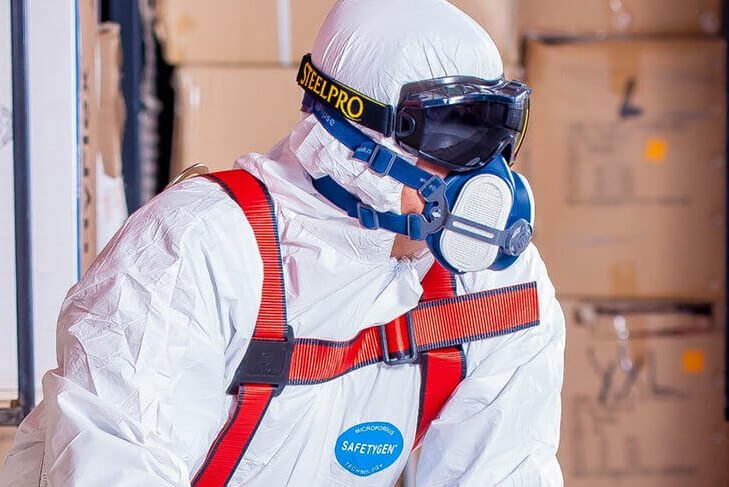What to Know About Handling an Emergency Substance Release

The EPA can perform various emergency response actions whenever someone reports an oil spill or another hazardous substance release, but there are also private firms that handle incidents like these. There are multiple steps and precautions to follow so that the emergency gets addressed promptly and safely. First, response teams must investigate. Responders might not know all the details about the release, and site investigations let them identify appropriate safety measures for the situation.
Next, the investigators must consider possible exposure pathways, ecological hazards, and health concerns that could arise from the release. This involves removing hazardous substances in the affected area, burning or treating these substances, draining waste ponds, repairing leaking disposal pits, encasing dangerous substances, and using chemicals to prevent the spread.
The responders must also provide safe drinking water to people who live in contaminated areas, temporarily move residents who are seriously affected and install fences to prevent people from coming in contact with these dangerous substances.
Responding effectively to incidents like these
Several advanced mechanisms can minimize the impact of oil spills on human and environmental health. Spill-contaminated shorelines and other threatened areas can recover from incidents like these if responders use the best techniques to control the damage.
For example, in the United States, mechanical containment and recovery are the first defense against oil spills. It involves specialized equipment like barriers, skimmers, and booms and the application of both synthetic and natural sorbents. This technique is employed to capture and store the spilled oil until the responders can adequately dispose of it.
Aside from mechanical means, companies can also use chemical and biological ones. Gelling or dispersing agents are among the most efficient at keeping oil from reaching shorelines and critical or sensitive habitats. Using biological agents can help in the recovery of areas like marshes, wetlands, and shores. However, organizations that wish to use these in emergency response will need clearance.
For instance, Subpart J of the National Contingency Plan or NCP provides guidelines on authorizing dispersants and chemical response agents. This document also has the NCP Product Schedule, the federal government’s list of chemical countermeasures for an oil spill response.
There are also physical methods for cleaning up shorelines. Evaporation, biodegradation, oxidation, and other natural processes are effective in jump-starting the cleanup process. However, they work at larger timescales and do not provide the right conditions for rapid environmental recovery. Responders can speed up these natural processes through physical means, like wiping contaminants up using sorbent materials, pressure-washing surfaces, raking and bulldozing debris, and other methods that rely on human capital.
Finally, responders can use scare tactics to prevent animals from entering contaminated areas. For instance, they often use floating dummies and helium-filled balloons to keep birds away, and they install fences or propane scare-cans for keeping small mammals out.
Conclusion
It is a constant challenge for humans to balance technological progress with environmental conservation. When oil spills or similar incidents happen, it’s necessary to keep the damage to a minimum. If not, the contamination could spread across bodies of water, seep into the soil, or pollute the air for longer than humans’ average lifespan, hurting future generations in the process.
At Central Texas Spill Response, we take safety and environmental protection seriously. We are an Austin emergency response team trained to handle everything from hazardous waste in factories, oil spills, fuel or diesel spills, and more. Get in touch through our 24-hour emergency hotline, or schedule a callback for other information.
